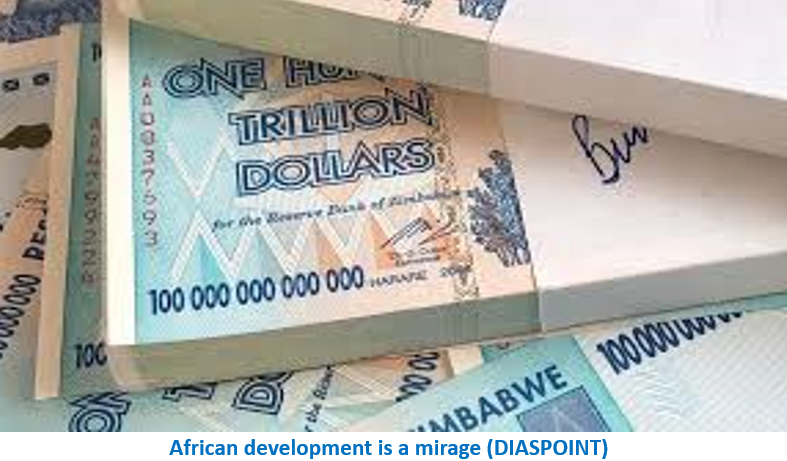Zimbabwe Has The Weakest Currency And Highest Inflation In The World
Post By Diaspoint | January 21, 2024

American economist Professor Steve Hanke has declared Zimbabwe’s currency as the weakest in the world adding that the southern African nation has the highest inflation rate globally. According to Hanke’s currency watchlist, on January 12, 2024, the Zimbabwe dollar traded at ZWL$12,500 per US$1 and had lost 92% of its value since January 1, 2023.
Journalist Hopewell Chin’ono responded to Hanke’s report, stating that it vindicates his previous statements about the poor state of the Zimbabwean currency. Chin’ono argued that Zimbabwe has become the riskiest place to invest in Africa, with an unemployment rate of 95%. He emphasised that the significant depreciation of the Zimbabwean dollar is an undeniable economic fact, reflecting the country’s overall economic performance.
Chin’ono attributed the economic challenges to corruption, incompetence, inconsistent policies, lack of the rule of law, misuse of state institutions, and failure to attract investment. Consequently, Zimbabweans have lost trust in the government, leading them to bank their savings in other countries or keep them hidden to protect against institutional corruption. He said:
Get Pindula News on our WhatsApp Channel
The Zimbabwean dollar lost 92% of its buying power in the last 12 months making it the weakest currency in the world, this is not an opinion, this is an economic fact backed up by data. A currency is a direct reflection of how a country’s economy is performing, as the Ghanaian Vice-President Dr Mahamudu Bawumia famously said; “…when in doubt (of how the economy is performing), check the currency.” We can’t run away from the fact that economic indicators such as inflation rates and currency strength or weakness are critical reflections of a country’s economic performance. So naturally the economic challenges faced by Zimbabwe as reflected in the weakening currency and high inflation indicate deep underlying economic issues…
Read More from original source
